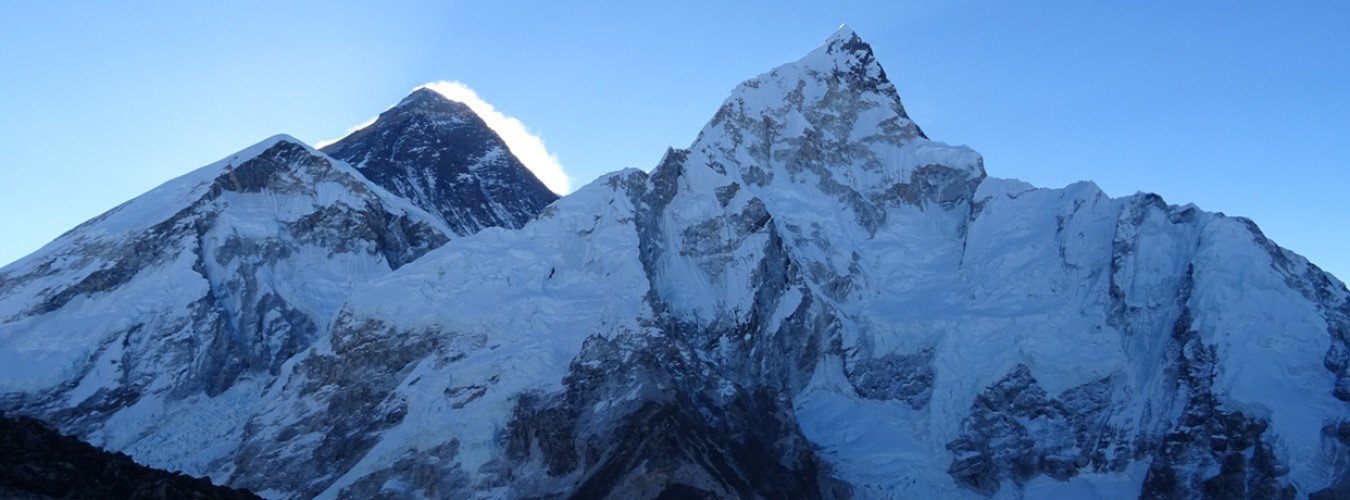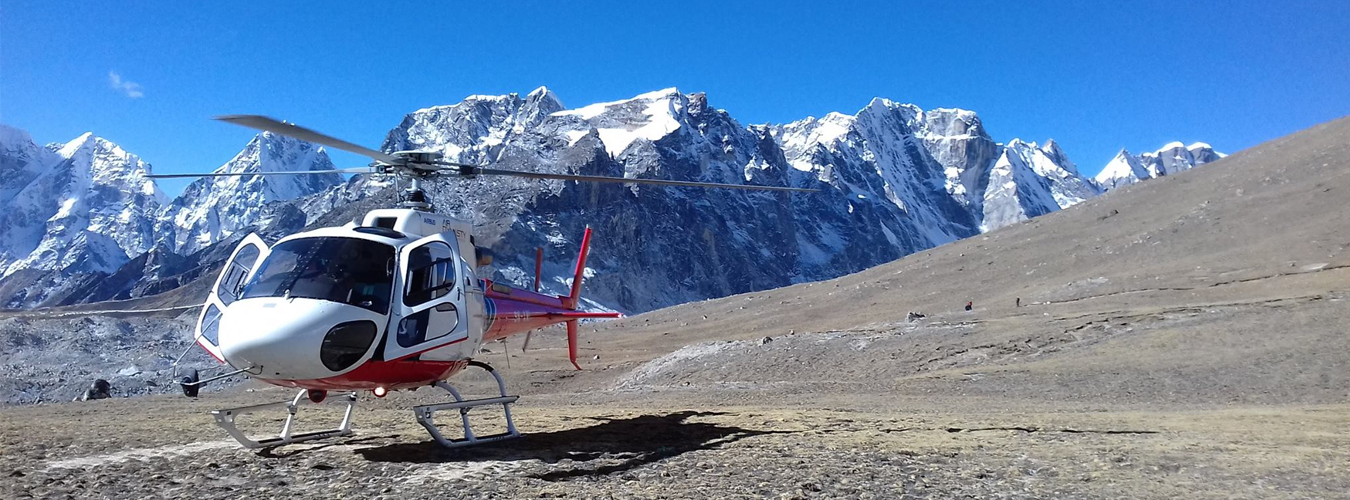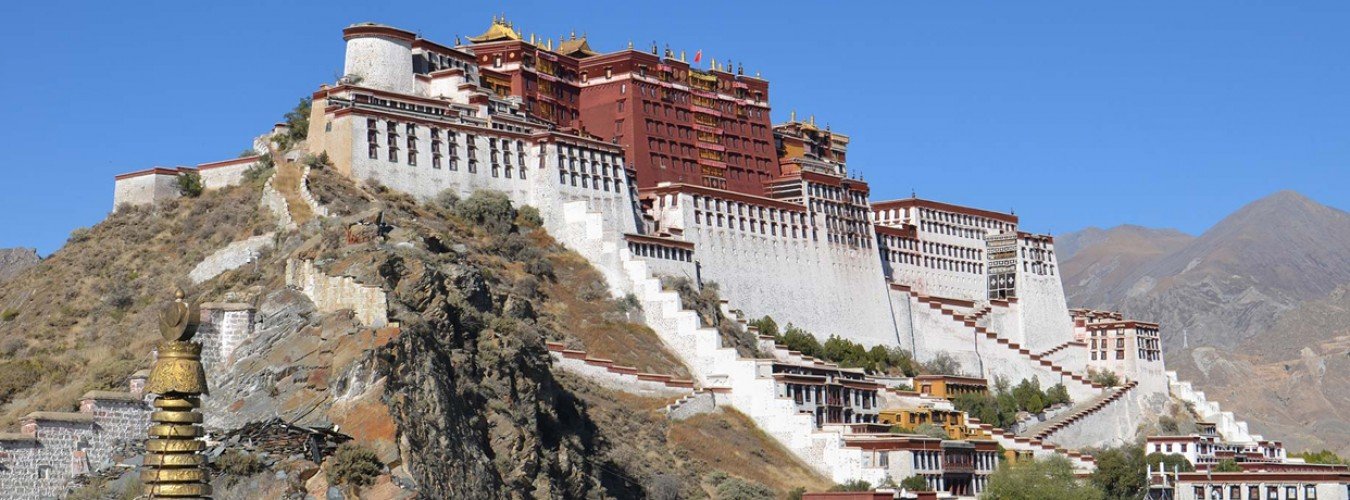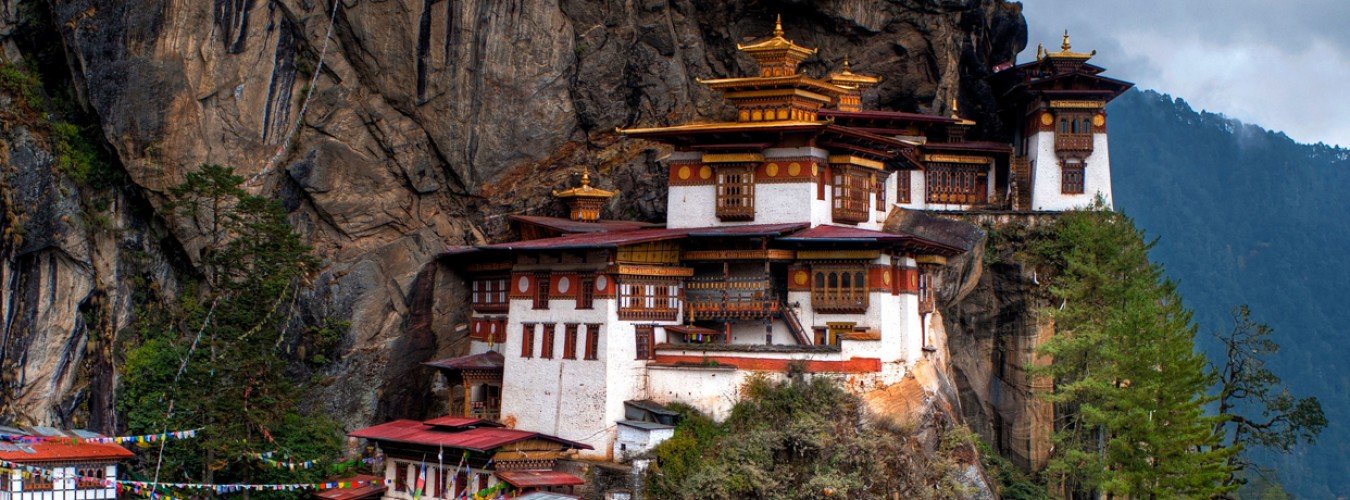Nepal offers a diversified geographical regions and so as the climatic condition differs from the Himalayas to the plains. The climate varies as per the season. Nepal generally offers 4 seasons amongst which autumn and spring are the two most favorable ones for visiting Nepal. Having said that there are many places that you can visit even during the winter and the summer (monsoon). It is always wise to know about the weather and climatic condition of the place you visit.
The various seasons of Nepal:
Spring (March to end of May):
During this time of year trekking is highly recommended as you will see the amazing views of the Himalayas and the varied landscapes. The mornings are usually clear but there might be some occasional drizzle in the afternoon. It is one of the best time of year to pack up your bags and be in the mountains. The whole country is lush and an abundant green at this season. This period instigate the second most popular and pleasant trekking season as you will get to see the beautiful and colorful flowers blooming along the trails. It is also a good time for climbing as the high passes are usually snow free and the mountain views are still clear in April.
Monsoon (June to early September):
The monsoon season starts from June and last till early September. Trekking during this time of year is generally difficult and uncomfortable as the trail becomes muddy and slippery. There are often times that the trails becomes leech infested. However, if you wish to trek despite of the rain then we would suggest you to carry an umbrella, poncho, proper waterproof hiking boots, wind proof jackets, baggage wrap, and raincoat as well as required insect repellent. It rains almost every day with occasional thunderstorms. There are possibilities of trekking to the trans-Himalayan regions such as Mustang and Dolpo. These are the rain shaded areas and are open to cater all your needs.
Autumn (Mid-September to November):
The best seasons and the most popular time to trek in Nepal are autumn, from mid-September till November. Generally, the weather is clear with mild to warm days and cold nights. However, in the higher altitude, the nights drop into freezing temperature. In this season, the mountains views are astonishingly clear with a pleasant weather totally a paradise for the trekkers as you can see the trails would be occupied by the fellow trekkers. The time is the busiest time for the people involved in the tourism industry.
Winter (December to February):
It is also possible to trek during winter, from December until the end of February as the temperature during days will be cooler; however, the nights will often be very cold. The days are generally clear. But in mid-winter (January through March), trekking is more challenging in the high altitudes with semi-regular snowfall followed by more winter storms, which break the long fine periods. The mid-December to mid-February is the coldest time. As snow gets harder and wind condition remains stabilized in early winter, climbing some of trekking peaks is possible. the high altitude lodges 0ften get closed as people move to the lower elevation for warmth and due to the snow it difficult to cross high altitude passes.






